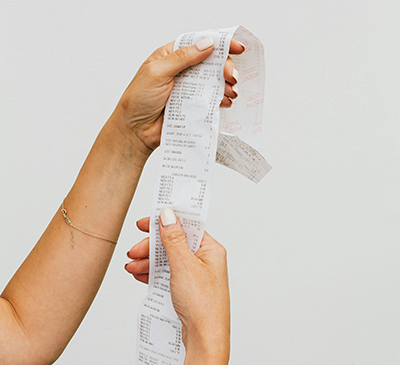
How Much Do Billboards Cost?
Billboards tower all around us, and they seem so impressive and powerful. Such power and exclusivity must mean they’re completely out of budget, right?
Absolutely not! Billboards and other advertising mediums are surprisingly affordable and not only reserved for luxury brands and megacorporations.
Billboard Advertising Costs Explained
Anyone can run billboards and other outdoor ads without breaking the piggy bank (seriously, anyone). Though many are not high-priced, some can definitely leave that piggy bank demolished and empty.
There are a multitude of factors that go into the price of out-of-home (OOH) advertising, so let’s break it down plainly and accurately by answering all the right questions.
What?
The out-of-home advertising format and its size make up a big chunk of the advertisement’s final pricing. Bigger billboards cost more than smaller ones, for example, but that’s not the only factor.
You’ve got to decide whether you want a static billboard (traditional), a digital one (rotated ads), a mobile billboard (LED trucks), or a wallscape (wall ad), just to name a few.
Static billboards often have a lower price point than digital formats but may cost more if they are used in larger sizes. Digital ads cost a little more as they are high-tech, brighter, and overall more eye-catching.
Mobile billboards and wallscapes cost the least amount but can get up there in price depending on size and location, once again. Nevertheless, in any OOH medium you choose, the results will be extraordinary, especially in high-visibility areas.
Where?
Location is everything, and it largely makes up the cost of running a billboard. It means everything from choosing an urban, suburban, or rural area to placement on highways or local roadways.
Urban areas and highways experience massive daily viewership and can have hundreds of thousands of travelers passing through every day. These locations come with a higher price tag for billboards as the reach and exposure are high.
Suburban and rural locations see fewer viewers on a daily basis compared to urban ones, and so are more affordable. Keep this concept in the back of your mind as it applies to many aspects of advertising: More potential viewers equals higher prices.
When?
Consider your ad campaign’s goals and how long it will take for you to run it. Short-term billboards obviously cost less than long-term ones, so make sure to factor that into your overall game plan.
Understanding your billboard’s timing is vital, and it occurs on a larger, seasonal scale as well. Demand fluctuates throughout the seasons, and billboards run during holiday months cost more than those run during less eventful seasons.
There is a swirl of ads during the holiday as brands fight to maximize their visibility and promote their products and services. Understanding this will ensure you are not surprised by potential billboard costs and give you a better idea of what your desired results are.
Why (Haven’t You Reserved Your Billboard Yet?)
Billboards seem very expensive and reserved for ultra-rich individuals, but that’s simply not the case. Of course, huge 3D digital screens in New York City, London, Tokyo, and Seoul are going to cost a fortune, rightfully so, but most don’t need that type of power.
Basic static and digital billboards near highways or medium to large-sized cities will do the trick for most ad campaigns. They see tons of travelers on a daily basis, and if you’re running a long-term ad campaign, it will become one with its environment and be easily recognized.
Take the leap; you won’t regret it.

